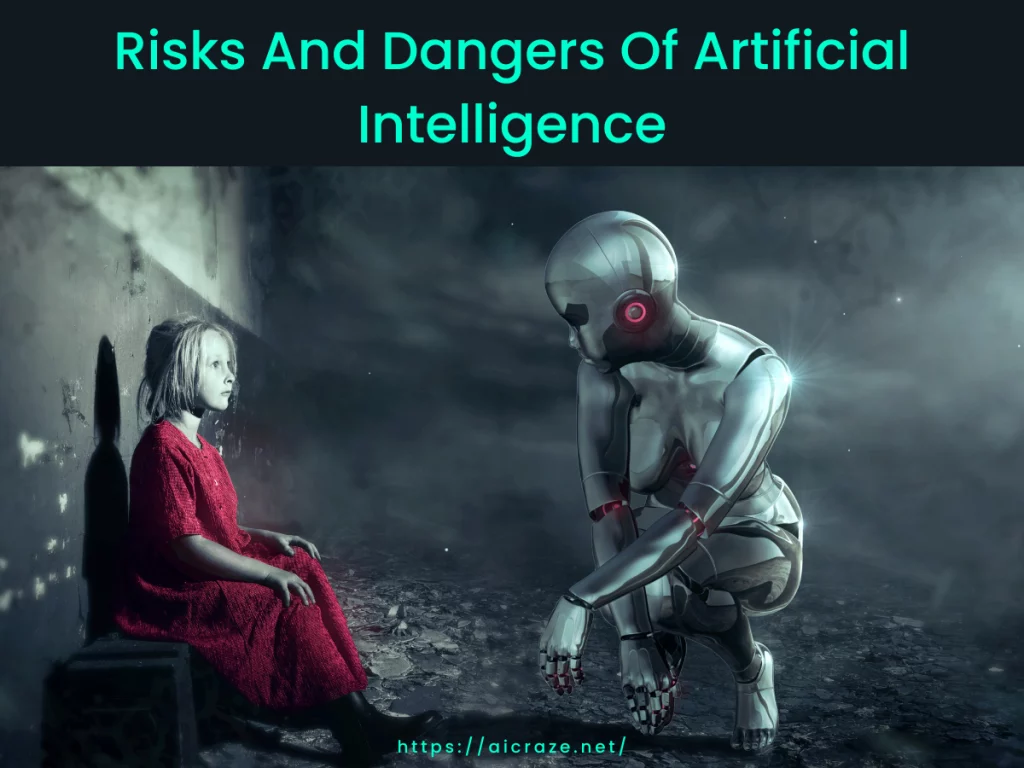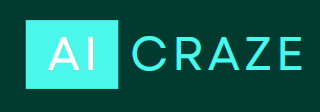
Artificial Intelligence (AI) has revolutionized the way we live and work, from chatbots and virtual assistants to autonomous vehicles and sophisticated medical diagnostics. However, with these benefits come significant risks and dangers of artificial intelligence that can pose serious threats to our society and the world at large. In this article, we will explore the most critical risks and dangers of artificial intelligence and discuss what we can do to mitigate them.
Introduction and Potential Risks of artificial intelligence
Artificial intelligence or AI is a type of computer system that can do things that normally need human intelligence like thinking, learning, and solving problems. As AI gets better, it can change industries and make our lives better in many ways. However, there are also several dangers and risks of artificial intelligence that can have significant consequences.
Understanding the Risks and Dangers of artificial intelligence
AI is a double-edged sword, with significant benefits and drawbacks. Here are the most significant risks and dangers of artificial intelligence:
- Job Displacement and Economic Inequality
One of the most significant risks of artificial intelligence is its potential to displace human workers from their jobs. As AI systems become more advanced, they can automate many routine tasks, leading to significant job losses in industries such as manufacturing, transportation, and customer service. This can result in economic inequality, with a small group of wealthy individuals owning most of the wealth while the majority struggles to make ends meet. To address this issue, governments and organizations can invest in retraining programs for displaced workers and promote the development of new industries and job opportunities that utilize AI technology.
- Bias and Discrimination
It is also one of the most significant risks of artificial intelligence. AI can perpetuate bias and discrimination, particularly if the data used to train the algorithms is biased. Artificial intelligence has the capability to make biased decisions based on an individual’s protected characteristics like gender, race, or other such traits. It leads to unjust outcomes such as the denial of loans or employment opportunities. To counter this problem, companies can ensure that the data used to train the algorithms of AI is diverse and inclusive of different groups. They can also incorporate tools that can detect and correct any instances of bias. It ensures that AI systems do not perpetuate discrimination.
- Cybersecurity Threats
It is also one of the most important risks of artificial intelligence or you should call it the biggest dangers of artificial intelligence. AI can pose significant cybersecurity threats, particularly if it falls into the wrong hands. Malicious actors can use AI to launch sophisticated cyber attacks that can cause significant damage. For example, stealing sensitive data or disrupting critical infrastructure. To address this issue, organizations can implement robust security protocols and invest in cybersecurity research and development. They can also conduct regular security audits to identify vulnerabilities and address them promptly.
- Autonomous Weapons
AI can be used to develop autonomous weapons that can make decisions without human intervention. This can pose significant ethical and moral concerns, particularly if these weapons are used to harm innocent civilians. To address this issue, governments can regulate the development as well as the use of autonomous weapons. And ensure that they are used in a responsible and ethical way. They can also invest in the development of alternative technologies that can perform similar tasks without posing significant ethical concerns.
Mitigating the Risks and Dangers of artificial intelligence
While the risks and dangers of artificial intelligence are significant, there are several steps we can take to mitigate them. Here are some of the most effective strategies:
- Implementing Ethical Guidelines
To ensure that AI is used for the common good and does not harm individuals or society, governments and organizations can implement ethical guidelines for its development and use. Ethical guidelines can address issues such as fairness, accountability, and transparency. For example, ethical guidelines can ensure that AI is used in a fair and unbiased way. And also that its impact on individuals and society is carefully monitored. It can also ensure that AI is developed in a way that respects the privacy and human dignity.
- Investing in Education and Training
As AI becomes more prevalent, it is essential to invest in education as well as training to help individuals develop the skills needed to work alongside AI systems. This can include teaching individuals how to work with AI systems. Also developing new job skills, and investing in lifelong learning programs. Investing in education and training can help individuals adapt to the changing nature of work. These can ensure that they have the skills needed to work in industries that use AI.
- Prioritizing Cybersecurity
Organizations and governments must prioritize cybersecurity to ensure that AI systems are secure and cannot be used for malicious purposes. This can include implementing robust security protocols, conducting regular security audits, and investing in cybersecurity research and development. Cybersecurity is essential to prevent malicious actors from using AI to launch cyber attacks that can cause significant damage.
- Regulating Autonomous Weapons
Governments can regulate the development and use of autonomous weapons to ensure that they are used in a responsible and ethical way. This can include developing international treaties and agreements to limit the development and use of these weapons. Regulating autonomous weapons can help prevent development. Also, the use of weapons can cause harm to innocent civilians. It can ensure that the use of these weapons is guided by ethical principles.
Conclusion
In conclusion, the risks and dangers of artificial intelligence are many and we should not ignore them. While AI has the potential to revolutionize industries and improve our quality of life. It can also have negative consequences, such as job displacement, bias and discrimination, cybersecurity threats, and the development of autonomous weapons.
To mitigate these risks of artificial intelligence, it is essential to implement ethical guidelines. We should invest in education and training, prioritize cybersecurity, and regulate the development and use of autonomous weapons. By taking these steps, we can ensure that AI is used for the common good. It does not harm individuals or society.
However, it is also important to recognize that addressing the risks of artificial intelligence and the dangers of artificial intelligence is an ongoing process. It requires continued research, development, and collaboration across various fields and industries. Only through a collective effort can we ensure that AI is used in a responsible and ethical way, for the benefit of all.

